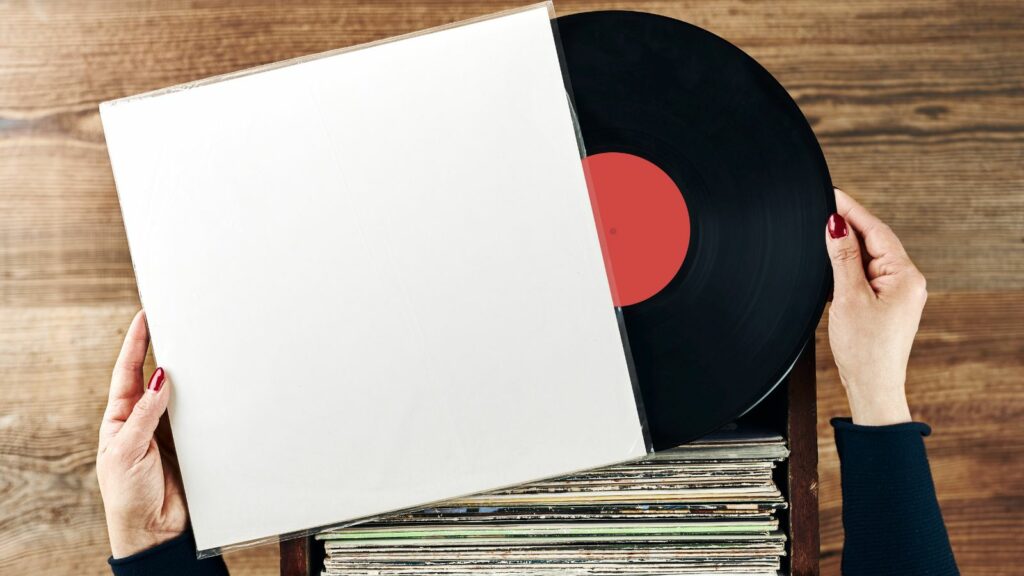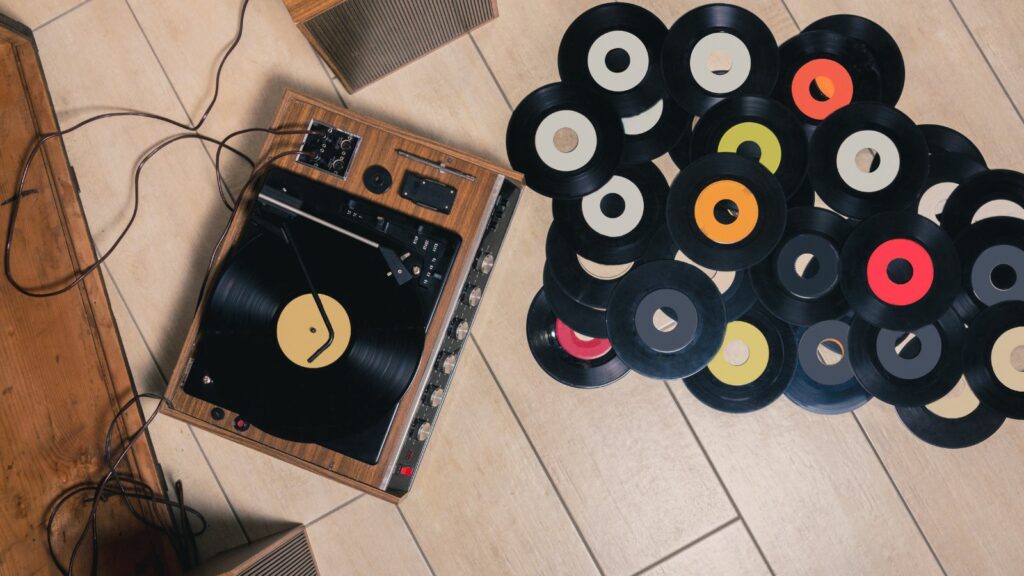The 1970s, often hailed as the golden age of music, was a time of significant transformation in the way people consumed tunes. But how did people listen to music in the 70s.
How Did People Listen to Music in The 70s
This section delves further into the specifics of music consumption in the 70s. It places special emphasis on the principal mediums of the time – vinyl records and 8-track players.
The Rise of Vinyl Records

Vinyl records represented a dominant format for music listening in the 70s. These disks produced a sound that appeared warmer, more immersive than previous formats. They gained considerable momentum, capturing 70% of the market by 1977. Many listeners gravitated towards vinyl out of an appreciation for the hands-on approach of placing the needle on the spinning record. Moreover, record covers afforded an artistic canvas for musicians, tying visual elements with sonic expressions.
To further illustrate, the best-selling vinyl record of 1977, Fleetwood Mac’s “Rumours”, sold more than 10 million copies. This gives a tangible example of the popularity of the vinyl medium during the 70s.
The Impact of the 8-Track Player
Complementing the vinyl surge, the 8-track player too carved its niche in the 70s music landscape. Unlike vinyl, this medium offered more portability and was often associated with car audio systems, contributing to a boom in in-car music consumption.
The 8-track player offered uninterrupted playback, allowing listeners to enjoy a complete music album without the hassle of flipping the disc side. However, its limitations, such as inability to rewind or fast-forward, did not deter its popularity. For instance, a 1975 report reveals that 8-track players were present in almost 60% of new cars. This example underscores the 8-track’s role in shaping the direction of music consumption during the decade.
The Role of Radio in the 70s Music Scene
How did people listen to music in the 70s. Radios held a pivotal role in the 1970s music scene, as they served as a primary medium for introducing fresh tracks, popularizing new artists, and setting musical trends.
Popular Radio Shows and Their Influence

Radio shows broke new ground in the 1970s, constantly introducing hit songs and upcoming artists to a broad audience. Don Kirshner’s Rock Concert and The Midnight Special, for example, showcased live performances, becoming a platform for rising bands not only to play their hits but also to perform covers of classic tunes. These shows often dictated what records consumers bought, propelling popular songs to the top of the charts, thereby reinforcing the influence of radio in the music domain.
Additionally, the American Top 40, hosted by Casey Kasem, served as a key influencer in the music scene. Every week, millions tuned in to discover the biggest hits across the country. Often, songs that made the American Top 40 quickly saw a surge in record sales, testifying to the monumental influence of radio shows in setting the music trends.
Transition from AM to FM Radio

In the 1970s, a significant transition occurred in radio broadcasting, moving from amplitude modulation (AM) to frequency modulation (FM). This shift led to an enhanced sound quality, offering a listening experience far superior to AM and vinyl records. The FM band’s wider frequency response allowed for better reproduction of the full range of music, serving a growing audience clamoring for higher fidelity in sound.
By 1978, more than 50% of listeners had pivoted to FM. The rise of “album-oriented rock” (AOR) formats on FM stations provided an avenue for listeners to hear entire albums, not just hit singles, echoing the listening experience provided by vinyl records and 8-track players. This transition signified yet another way 70s’ technology and trends continued to shape music consumption habits.
Warmth of Music
How did people listen to music in the 70s. Well, The 70s were a dynamic era for music, marked by the rise of vinyl records and 8-track players, the dominance of radio, and the birth of new music genres. The era’s unique auditory experiences, from the warmth of vinyl to the hiss of tapes, have left an indelible mark on music consumption.

